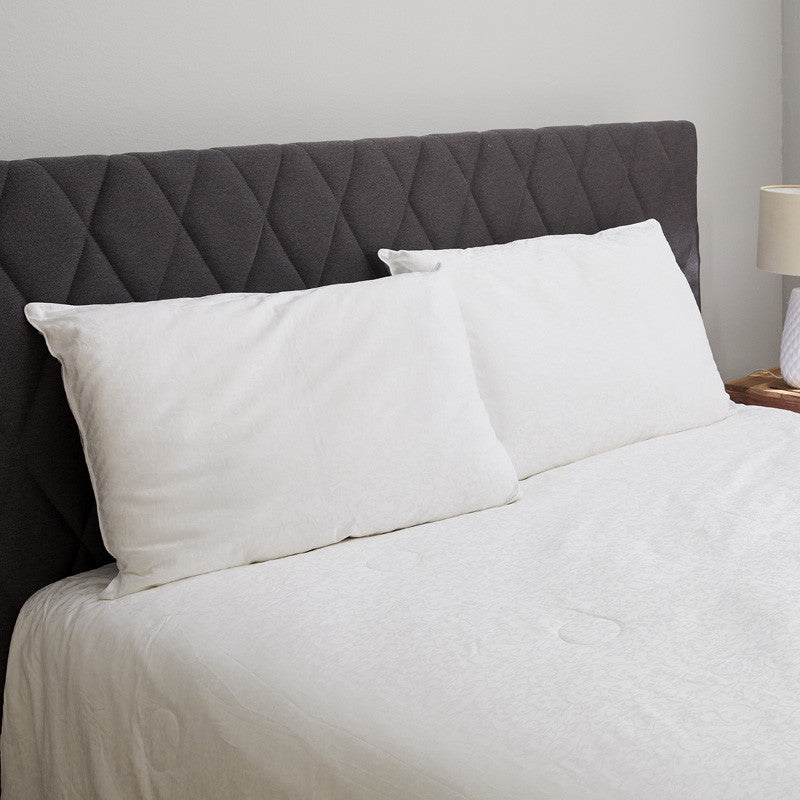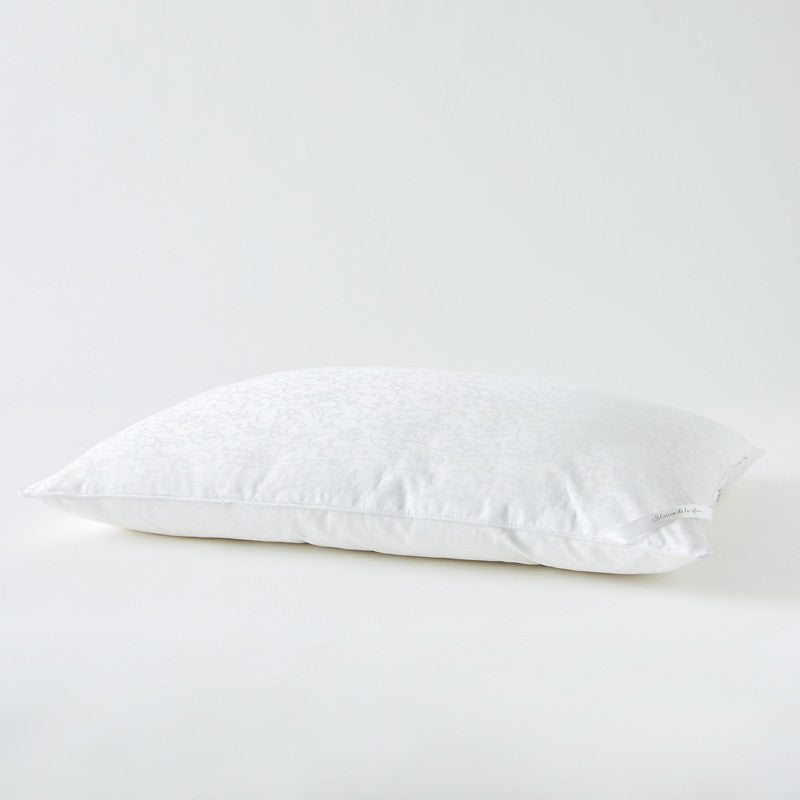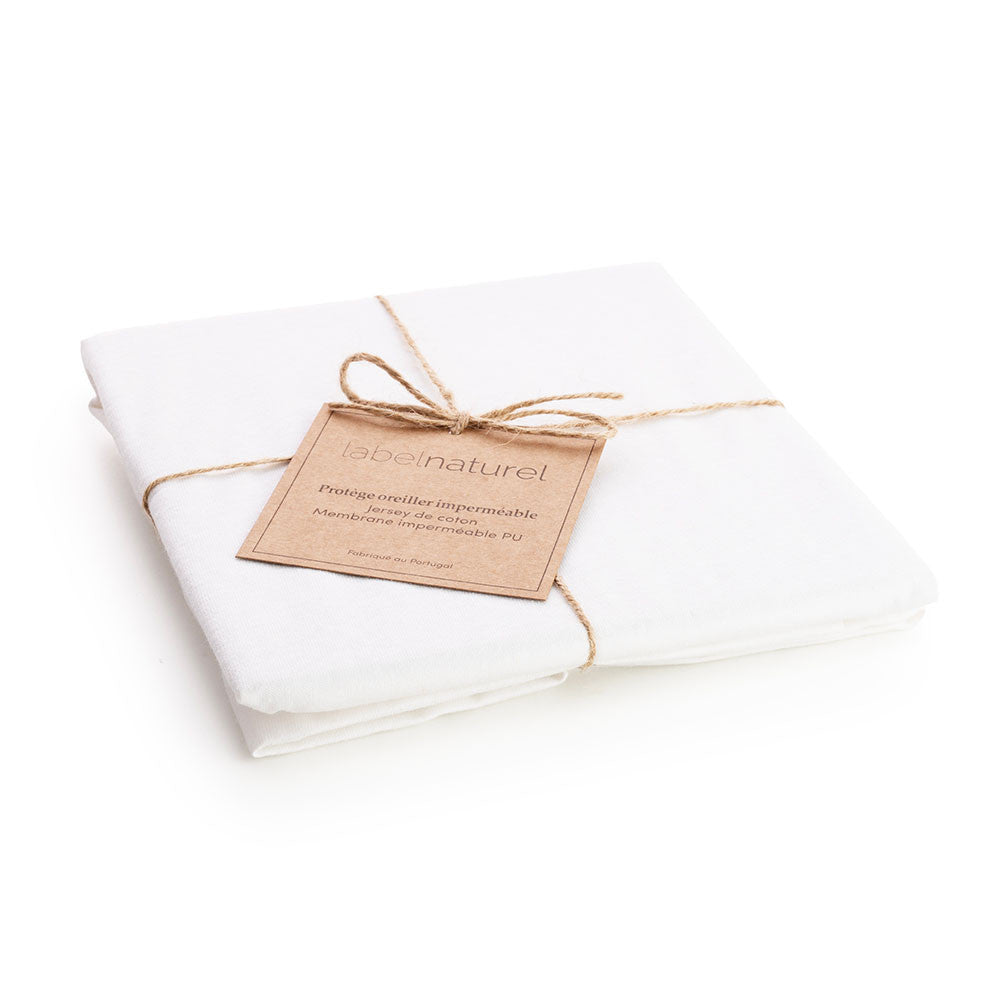What are the differences between silk and satin?
Many people confuse silk and satin, but did you know that satin is not actually a fabric but a weave? To help you choose the right fabric for you, we explain the differences between these 2 terms.
Silk
Silk is a natural fiber obtained from the cocoons of silkworms. Fabric made from it is naturally soft and lustrous.
There are many different types of silk, including chiffon, crepe, organza, brocade and silk satin.
To find out more about silk, take a look at our buying guides. History, manufacture and benefits, we tell you all about this noble, natural fiber.
Satin
Satin is not a fabric, but a weaving technique. So to speak only of satin doesn't really make sense. In fact, it would be more appropriate to name the fiber used: silk satin, the most luxurious, cotton satin, linen satin, wool satin, polyester satin or even blended satin.
To understand the resemblance between silk and polyester satin, for example, we need to take a very simple textile course. Weave" is the name given to the tangle of threads (warp and weft, for those in the know) that make up a fabric. There are 3 main weaves:
- Toile or Taffeta
- Twill
- Satin
Comparing weaves, we can see that satin has fewer thread crossings. On the upper side, the fabric is smoother and reflects light better. The reverse side, on the other hand, is matte.
It is this weave that gives the fabric its shiny appearance. In the case of silk satin, the sheen is even greater than for cotton or polyester satin, due to the very nature of the fiber.
The satin most often found on the market and most often compared to silk is polyester satin. It's less expensive, but also of much lower quality.
Silk VS Satin comparison
Why choose silk over (polyester) satin?
Silk is a natural material
Polyester is a synthetic material made from a chemical fiber derived from petroleum.
Silk is a natural fiber of animal origin, obtained by weaving silk threads from the cocoon of the mulberry bombyx caterpillar.
Silk is healthier
Unlike satin, silk is naturally hypoallergenic and antibacterial.
Silk preserves your skin and hair
Thanks to its many amino acids, which are easily assimilated by the human body, silk nourishes and maintains the hydration of your skin and hair. It reduces sleep wrinkles, providing an anti-aging effect. It doesn't absorb creams, so you can enjoy the full benefits of your evening beauty routine.
Your hair will be frizz-free, less brittle and silkier.
Silk is comfortable
In addition to its incomparable feel, silk is thermoregulating and does not absorb humidity. This means that in summer, it will help you cool off, while in winter, it will retain heat to keep you warm. In fact, there are silk accessories for winter sports, such as the balaclava and glovescan be worn on their own or under your outfit.
How can you tell the difference between silk and polyester satin?
The best test to determine if you're dealing with real silk is the fire test:
- Real natural silk burns more slowly and gives off an odor similar to that of burnt hair. If you remove the silk from the flame, combustion stops and the material becomes brittle.
- Polyester satin, on the other hand, will smell like burnt plastic and produce black smoke. Unlike real silk, when you remove the polyester from the fire, it will continue to burn.
Our advice
Beware of scams
Many sellers take advantage of the confusion to sell polyester satin as silk. Polyester satin costs much less because it's easier to produce and uses inexpensive, low-quality resources. The price of silk is largely justified by its more complex production, involving the management of silkworm farms and the weaving of the resulting fiber. The meticulous manufacture of silk requires skilled labor. We therefore advise you to beware of overly tempting offers.
Silk or polyester satin pillowcase?
If you think you'll get the same benefits as with silk pillowcases by buying a cheaper satin pillowcase, you'll be disappointed. Polyester satin is sweaty and electrostatic. Quite the opposite of silk, which keeps your skin moisturized and prevents your hair from standing on end in the morning.
What about cotton satin?
Better quality and healthier than polyester satin, cotton satin is more affordable than silk, but it doesn't have the same beneficial properties:
- Cotton bed linen dries out your skin and hair by absorbing sebum, the oily substance essential to your health and beauty. As a result, your skin becomes more fragile to external aggression, and your hair drier and more brittle.
- Cotton bed linen retains impurities, which can cause irritation and skin problems.
- Cotton bed linen lacks the thermoregulating properties of silk. Sleeping comfort is therefore reduced.
Maison de la soie
At Maison de la soie, our aim is to enable as many people as possible to enjoy the benefits of silk. Our prices are among the lowest on the market, and our products benefit from the highest quality standards.one of the best quality/price ratios.
When you choose a Maison de la soie pillowcase or bed linen, you can be sure :
- quality silk products, thanks to the high standards of our French brand based in the south-west of France since 2009
- from silk products to attractive prices thanks to our direct distribution system that cuts out the middleman






































